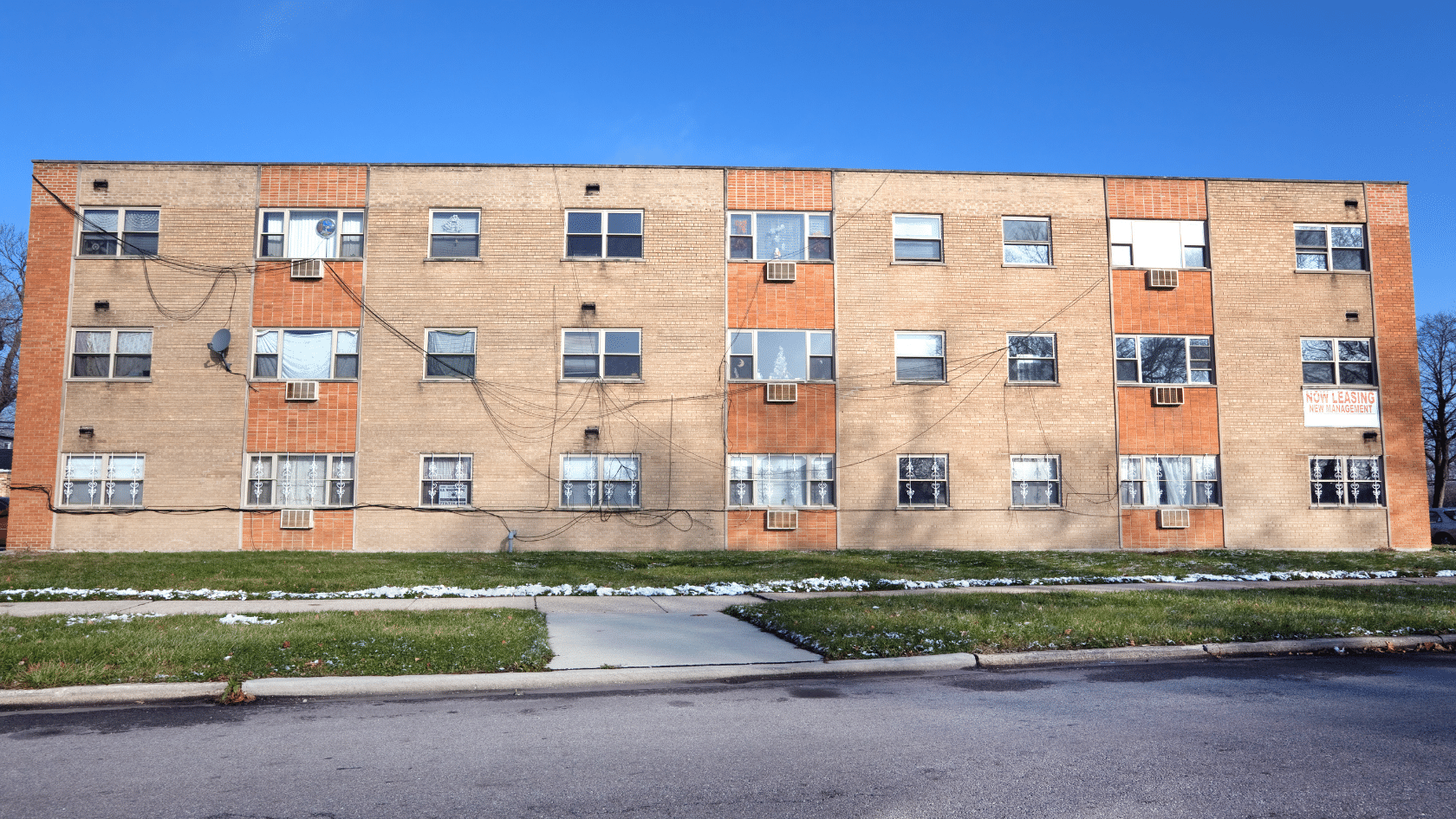Capital preservation is top of mind for most Americans.
This year alone, U.S. households have lost $9 trillion in wealth due to the falling stock markets. The cost of goods and services has increased at record levels, placing financial pressure on many American families. Over the last 12 months, gas prices are up 17.5%, according to the Bureau of Labor Statistics. Food costs have increased by 10.9%, and the all-items index increased by 7.7% before seasonal adjustment.
Inflation is eroding savings, forcing many people to wonder what they should do with their money. Current conditions make capital preservation a challenge for many, but we still believe in the resiliency of commercial multifamily apartments. For starters, rents grew 10.7% in Q3 2022, according to a report by Moody’s Analytics CRE. In addition, vacancy is at 4.4%, marking a five-year low. While renter demand remains strong, investing in multifamily apartments today requires some strategic and tactical adjustments.

Demand for multifamily apartments remains strong, but owners are less willing to make a deal, resulting in fewer transactions. Nonetheless, there are still deals to be made if you are able to adjust your approach. We’ve spoken to a number of investors to understand how they are investing in the current market conditions and focusing on capital preservation.
Patrick Grimes is the CEO of Invest on Main Street, and he is leveraging a three-part strategy to acquire multifamily in this market. Grimes lost it all in 2008 after being over-leveraged on new construction development deals. To make matters worse, he was cross-collateralized, which means he put up equity from other properties as collateral against the development deals. He learned his lesson and now takes a more conservative approach to investing.
“Don’t buy into the fear-mongering — instead, look for assets that can win in a down market,” said Grimes.

One asset class that fits this description is multifamily apartments. Grimes is particularly fond of workforce housing apartments. By workforce housing, we mean properties geared towards hard-working, blue-collar Americans like teachers, nurses, and police.
Workforce housing residents tend to rent out of necessity, not choice, but still expect to make their living quarters a home and not just a temporary dwelling space. Many are essential workers who are relied upon through economic slowdowns, as well as COVID shutdowns.
When acquiring these assets, Grimes looks for three elements that underscore principles he learned during the last downturn. He focuses on stable markets, using low leverage, and underwriting conservatively.
3 Investing Tips for Capital Preservation
1. Invest in Stable Markets
When considering markets, Grimes focuses on economic-resistant metros with a diverse economy. Cities led by industries in hospitality, healthcare, and logistics are better equipped to navigate uncertainty. Meanwhile, markets fueled by technology, tourism, and manufacturing are more likely to experience declines during recessionary periods. Ideally, investors should focus on metros with diverse and essential industries.
Some markets are better suited for delivering cash flow, while others focus on appreciation. Ideally, you want deals that can deliver both, but when it comes to capital preservation, cash flow is vital. When evaluating markets, focus on markets that can deliver cash flow first and foremost, while still providing upside potential. Generally speaking, the Midwest and Southeast regions have a reputation for delivering solid cash flow, while the East and West regions tend to provide more appreciation potential. As a reminder, real estate is local, so what may be true for one market in a region could be different for another metro in the same region.
2. Use Low Leverage
The last few years of historically low interest rates created a frenzy in the residential housing market and enticed apartment investors to use higher leverage to take advantage of the cheap debt. This resulted in a record number of transactions and low cap rates. Predictably, rising interest rates have dramatically decreased the number of transactions.
While low interest rates encouraged transactions, relying on them can be problematic. Many investors are experiencing higher mortgage payments applying unexpected pressure to operations. An alternative is to bring more equity to the table and use low leverage to buy apartments. For some investors, this may mean bringing 50%-65% of the equity needed to close a multifamily deal. Using less debt increases the property’s cash flow and reduces the mortgage payment. In addition, owners can always look to unlock the additional equity when they sell or refinance, if needed. One drawback is it becomes harder to deliver strong returns with the increased equity.
3. Underwrite Conservatively
The third tip is to underwrite conservatively. While most investors believe they are being conservative with their underwriting, Grimes uses a lens rooted in 2008 to stress test his deals. His logic is that a deal that pencils using the worst economic factors in his lifetime should thrive with even slightly better economic conditions.
Underwriting conservatively means having accurate projections for both income and expenses, while providing a cushion to reach and/or exceed those figures. The key is to understand current operations and the various factors impacting the property’s performance. However, it’s not enough just to look at the T12 and current income statement. Savvy investors know they need to underwrite based on what they will expect in Year 1 and beyond and leave some margin for error.

Another way to underwrite conservatively is to have additional capital for reserves. Some investors look at their total monthly expenses and plan to hold three to six months' worth of expenses for their reserves. Many lenders are requesting higher amounts of reserves to ensure downside protection is in place. This additional funding enables investors to address unknown circumstances due to changing market conditions, unexpected issues, or other challenges that arise.
Preserving capital is top of mind for most Americans, and commercial multifamily apartments continue to serve as an ideal asset class for both active and passive investors. The key is to ensure you are taking measures to invest with a keen eye toward reducing risks and capital preservation. Investing in stable markets with low leverage, and conservative underwriting gives investors a strong chance of preserving capital, even through uncertain economic conditions.
About the Author:
John Casmon has helped families invest passively in over $100 million worth of apartments. He is also the host of the #1 rated multifamily podcast, Multifamily Insights. Prior to multifamily, John was a marketing executive overseeing campaigns for Buick, Nike, Coors Light, and Mtn Dew: casmoncapital.com



